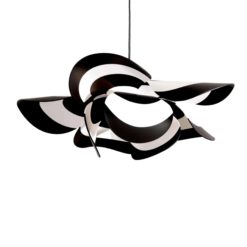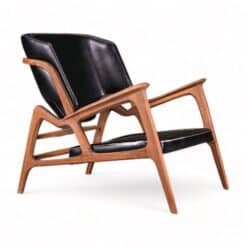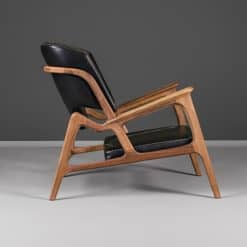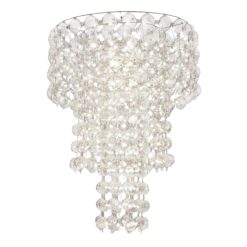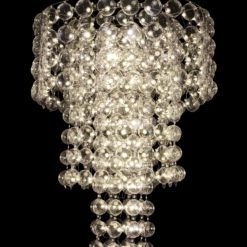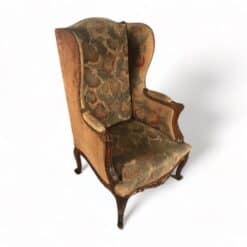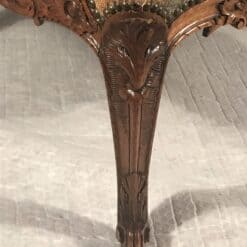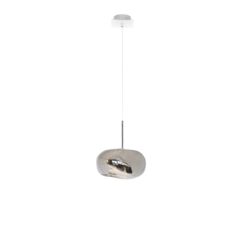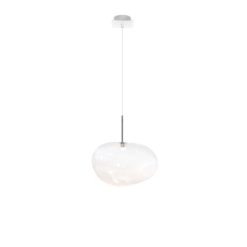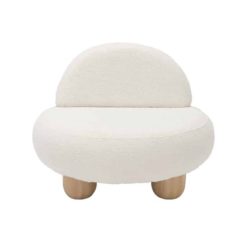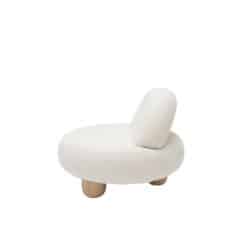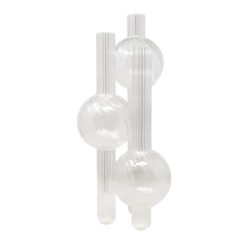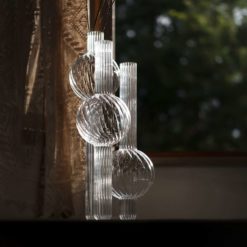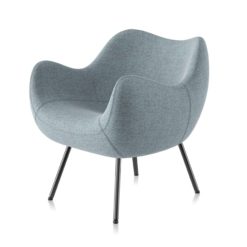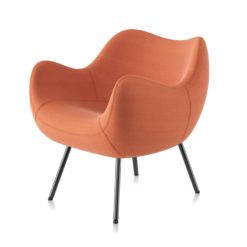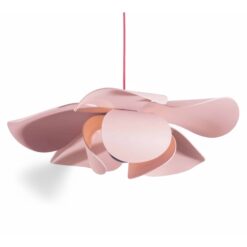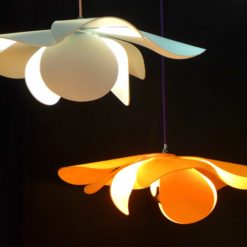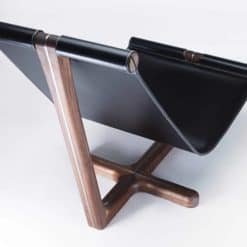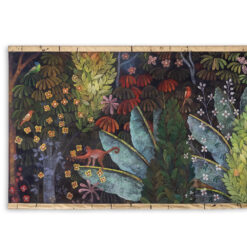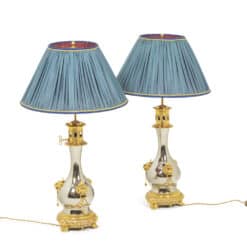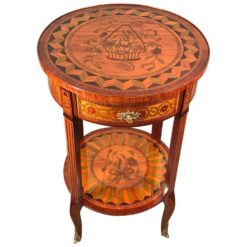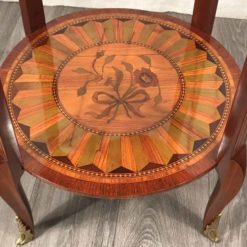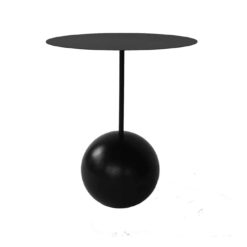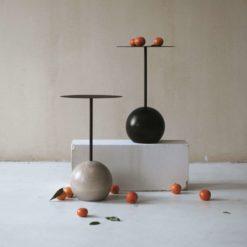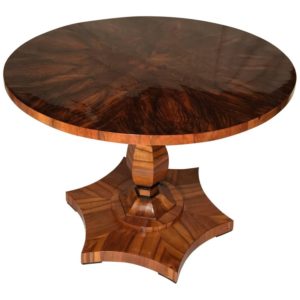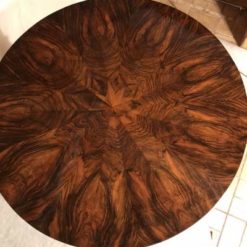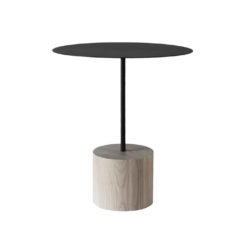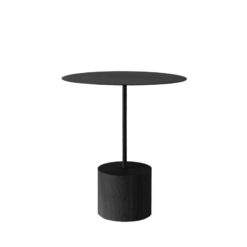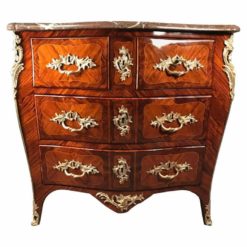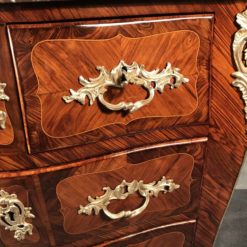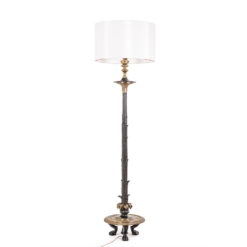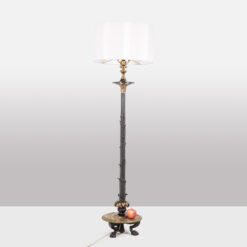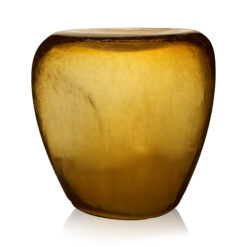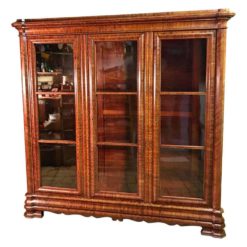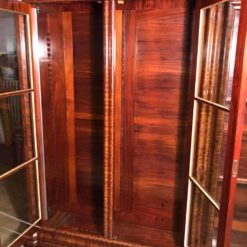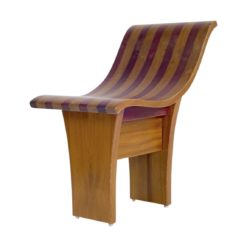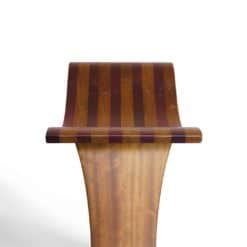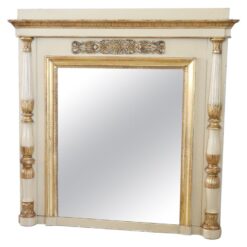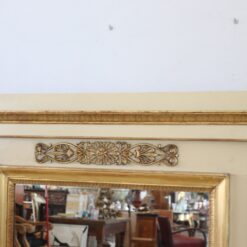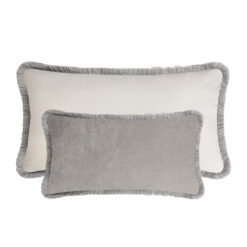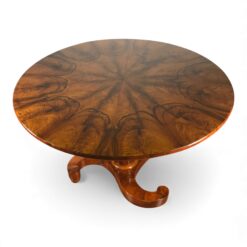Best Sellers
Famous Designers, Style, Styylish History
Dreaming in Silver: The Life and Art of Georg Jensen
G eorg Jensenwas a Danish designer and silversmith. He is the founder of Danish design company Georg Jensen A/S, which has been operational since 1904. Born in 1866, Jensen contributed designs to the Art Nouveau period, which later inspired art movements like Art Deco. You can read more about Art Deco Style and its foundations in Art Nouveau in our blog from last week.
Early Life

The son of a knife grinder, Georg Jensen grew up in a suburb of Copenhagen. He received no formal education, but was apprenticed to a goldsmith at the age of fourteen. Beside his growing skill in metal work, young Jensen had a keen interested in clay, teaching himself how to sculpt.
In 1892, Georg Jensen was admitted to the Royal Academy of Art in Copenhagen, where he studied sculpture more deeply. Despite finishing his education and starting his own pottery business, he never quite managed to succeed in the field.
Struggles and Collaborations
In 1897, his wife of 6 years passed suddenly, leaving Jensen with two small boys to raise on his own. In a time of grief and struggle, he made the acquaintance of the Danish painter Johan Rohde. Rohde designed furniture and design objects, and inspired Jensen to combine his love for sculpture with metalworking abilities, particularly in sterling silver.
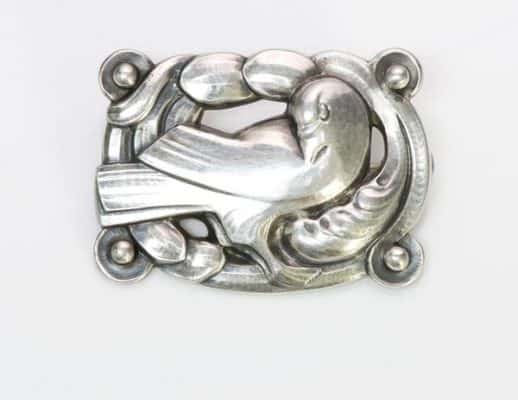
Rohde was not the only inspiration of Georg Jensen. Throughout his career, he collaborated with a multitude of artists by refining and executing their silver design ideas. The famous Dove Brooch came out of a collaboration with Christian Mohl-Hansen and remains perhaps the most recognizable of all Georg Jensen pieces.
Jensen remained a collaborator throughout his career. What would become known as “Jensen Style” silver is based in the belief that artists should have free reign over their craft and design choices, centering collaboration over an adherence to strict guidelines.
Success at Last
Finally, in 1904, Jensen opened his own silver business and remarried. He immediately became successful in selling beautifully crafted silver jewelry. His clientele usually consisted of middle class people looking for pieces that matched their desire for art, without being overly ostentatious.
Hatpins in particular were highly sought after at the time. Combining a practical purpose with beautiful, whimsical Art Nouveau design, Jensen’s pins, as well as cutlery and objects like perfume flacons allowed him to expand his business.
The Danish term for Art Nouveau is “skonvirke”. “Skonvirke”, perhaps more so than Art Nouveau in other European countries, focused on the natural world. For Georg Jensen, the nature of his youth was a frequent inspiration in designs. He excelled in layering the dream-like quality of childhood memories with the beauty of the place he had lived in all his life.
Interior Decor

The silversmithy of Georg Jensen, though initially focused on jewelry, soon began producing larger pieces of interior décor.
The famous Pyramid candelabras reimagined the ostentatious chandeliers of the aristocracy into youthful, modern art. Available now on Styylish, the Jensen Pyramid Candelabras represent the very best of “Jensen style”.
The love for nature associated with “skonvirke” and Jensen is on display in the stunning Magnolia bowl, also available on Styylish today! The swirling flowers encircling the pristine basin refine a common object and transport to a time of artisan joy.

One of the most magnificent of the Jensen pieces available on Styylish is a large centerpiece. An oval silver bowl rests on a vine-laced stand, combining a love for stunning material with the simple whimsy of Art Nouveau.
Expansion
As his business grew more successful, Jensen partnered with merchants and art dealers in Germany and Sweden to export his art to larger markets.
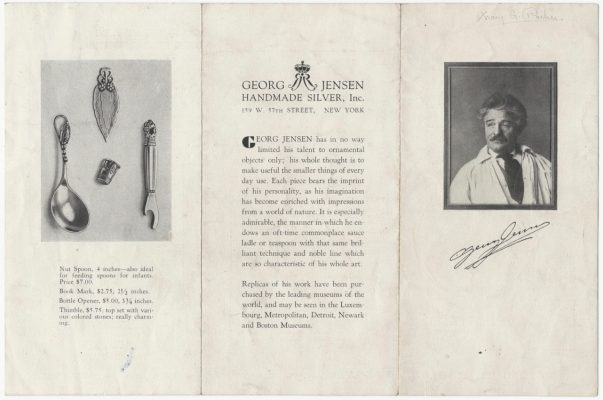
After the end of World War I, his expanding company opened shops in London, Paris, and even New York through partnerships with local art dealers. In New York especially, Georg Jensen silver was a huge success.
Jensen had expanded his actual silversmithy to included multiple artisans and apprentices. Though he remained in creative control of his company’s products, his aesthetic was used to inspire more than to impose. As a result, many young silversmiths got their start in Georg Jensen’s workshop, including his eventual successor Harald Nielsen.
Late Life
As his business grew, Jensen left more and more of the work to other people. His third and favorite wife Johanne passed away in the Spanish Flu Pandemic of 1918, and he never found a love like hers again.
In his last decade of life, Jensen won three Grand Prix Awards at World’s Fairs around the globe, capping an illustrious career of artistic exploration.
Georg Jensen died in 1935 at the age of 69. His influence looms large over modern silver design. From jewelry to vases and bowls, Jensen style silver is among the most sought after artisan products in the world today. The Georg Jensen brand continues to be highly regarded.
Check out the Styylish catalog for even more historic Jensen silver and bring a lifetime of artisan design into your home today!


